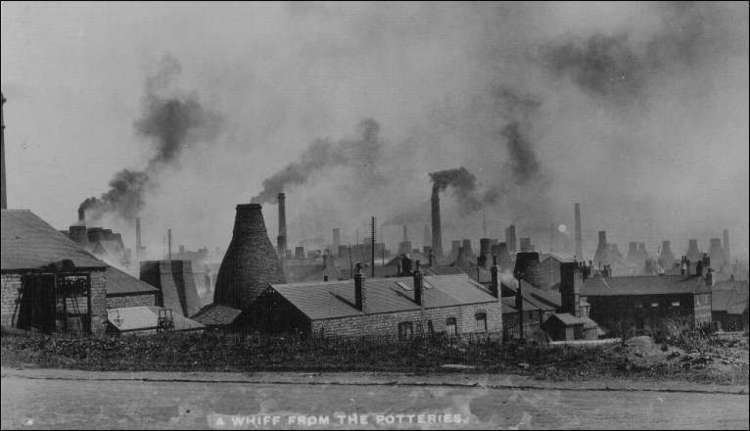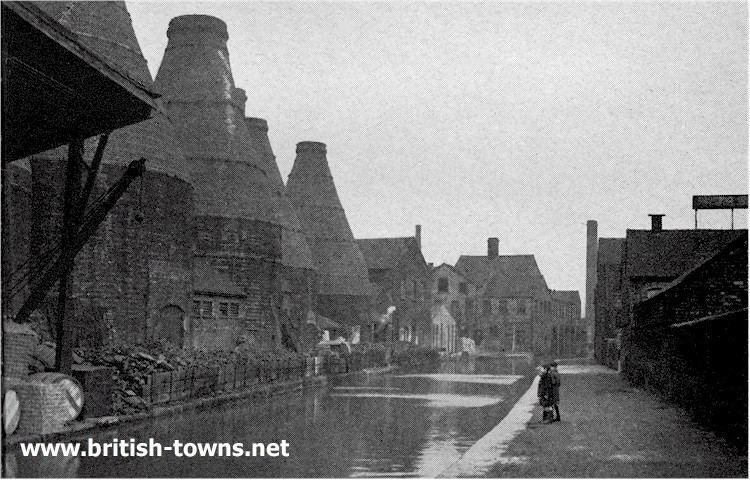 | ||
1940s stoke on trent and north staffordshire potteries
The Staffordshire Potteries is the industrial area encompassing the six towns, Tunstall, Burslem, Hanley, Stoke, Fenton and Longton that now make up the city of Stoke-on-Trent in Staffordshire, England. North Staffordshire became a centre of ceramic production in the early 17th century, due to the local availability of clay, salt, lead and coal. Hundreds of companies produced decorative or industrial items.
Contents
- 1940s stoke on trent and north staffordshire potteries
- Spode a history of excellence part 1
- History
- References

Spode a history of excellence part 1
History

The boom came after the discovery in 1720 by potter John Astbury of Shelton, that by adding heated and ground flint powder to the local reddish clay could create a more palatable white or cream ware. The flint was sourced from either the South Coast of England or France, and then shipped to the Port of Liverpool or Shardlow on the River Trent. After shipping to the watermills locally to the potteries, or commercial flint grinding mills in either the Churnet Valley or Moddershall Valley by pack horses, it was sorted to remove the flint with reddish-hues, and then heated to 1,200 °C (2,190 °F) to create an easily ground product. A group involving James Brindley later patented a process for reducing the fine siliceous dust by using a water based process, thereby reducing the risk to workers of suffering silicosis. In the early 1900s the process converted to grinding bone, which had a similar effect.

With the coming of the railway distribution of pottery products from the 1840s, mainly by the London and North Western Railway and Midland Railway, there was a considerable increase in business. The Chartist 1842 General Strike was ignited by striking collieries in the Potteries and led to the 1842 Pottery Riots.
Potteries active in the 19th century include Aynsley, Burleigh, Doulton, Dudson, Minton, Moorcroft, Twyford, and Wedgwood.



